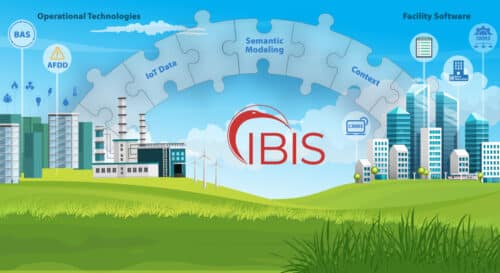
In our experience integrating IoT system data with facility software is central to optimizing facility performance. However, structuring IoT data from a central source like IBIS’s smart building platform is the key enabler of ensuring this process works effectively.
IoT data enables the facility software that was already purchased and installed to be more effective by leveraging real-time data for predictive maintenance, enhancing energy efficiency and improving productivity.
You may be thinking to yourself, well facility software and IoT systems have been available for quite some time now why isn’t this more prevalent in buildings now?
This is because, up until recently, when Facility Software attempted to have a heart-to-heart with IoT systems, it felt as chaotic as a UN meeting without translators, where everyone was passionately speaking different languages simultaneously, resulting in a symphony of confusion.
The recent advancement of providing more structure and context (known as Semantic Modeling) to IoT data is what is supporting the bridge between operational technologies and facility software, ultimately enabling intelligent decision-making.
IBIS plays a pivotal role in this bridge, serving as a critical component that seamlessly integrates various operational technologies. By consolidating and organizing IoT data from a central source, our solutions provide a structured foundation that enhances the effectiveness of all facility software applications while reducing data silos.
We are seeing how this is leading to greater adoptions of integrations between operational technologies and facility software. This is also helping clients achieve their facility performance optimization goals at much faster rates than ever before.




